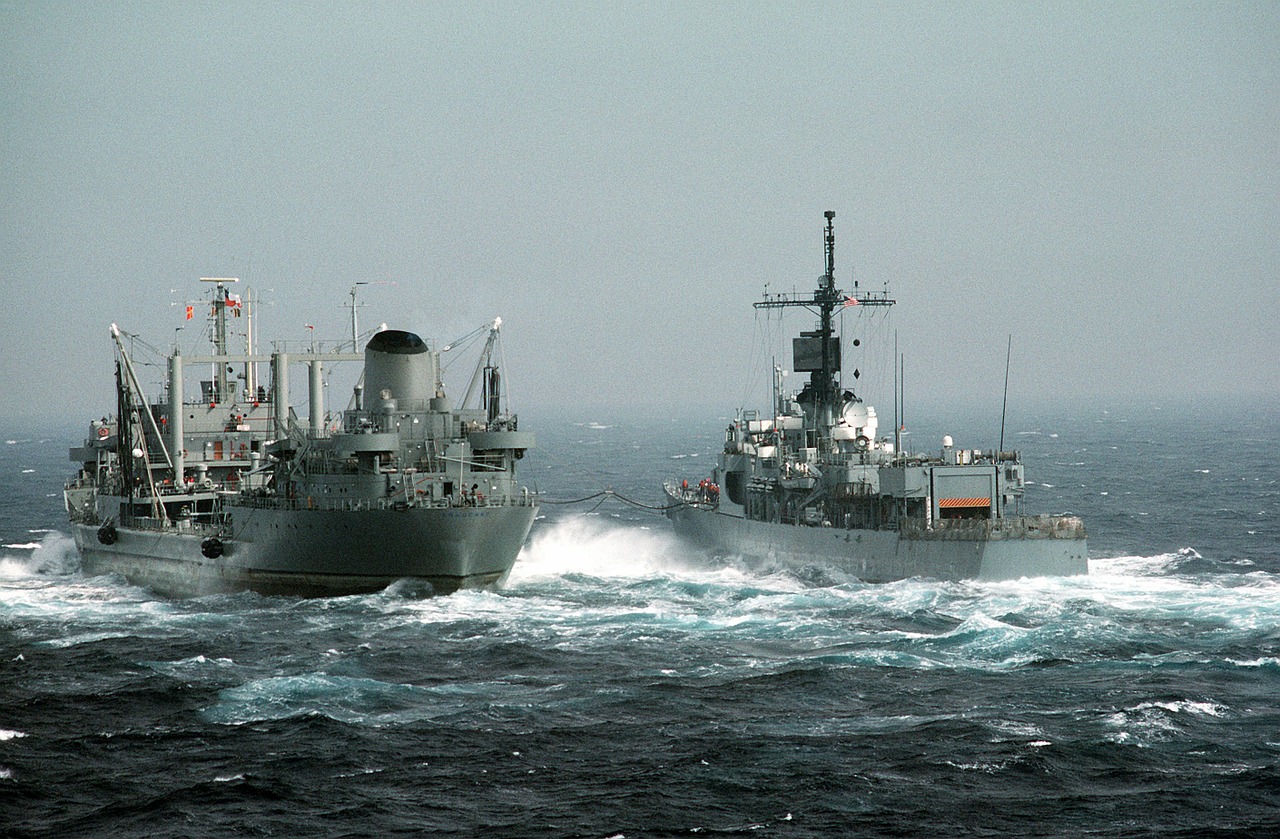This post is also available in:
 עברית (Hebrew)
עברית (Hebrew)
Scientists predict that by 2045, a third of US warships will be “ghost ships”. In 20 years, a huge section of the US Navy will be sailing without a human crew, guided by autonomous machines. According to the latest fleet study published by the US Navy, in order to preserve the US Military global dominance over the Chinese Navy there will be a need for 373 manned ships and 150 unmanned ones by 2045, all in addition to more aircraft carriers, destroyers and submarines.
The analysis examines the growth of the U.S. battle fleet, as first reported by U.S. Naval Institute News. For context, the Navy currently operates 300 battle force ships, defined as “warships capable of contributing to combat operations, or a United States Naval Ship that contributes directly to Navy warfighting or support missions.” That number of ships is the highest in 20 years, after sinking to a post-Cold War low of 275 in 2015. Under the study, the U.S. Navy would operate 523 warships in its battle fleet. But 150 unmanned robotic ships?
The US Navy continues to invest and increase the number of available robotic ships as part of their fleets. Based only on cost, robotic unmanned warships are cheaper and smaller than regular warships, all due to the lack of need in life-support systems for a human crew and other commodities. These technologically advanced ships can either sail autonomously or under remote human control.
In the near future some of these robo-ships will act as sensor pickets, sailing at the edge of a battle group to provide extended sonar and radar coverage, while others will autonomously chase enemy submarines. Still others will act as “floating magazines” for the rest of the fleet, their decks stacked with anti-air, anti-submarine, and anti-ship missiles, as well as land-attack cruise missiles.


























